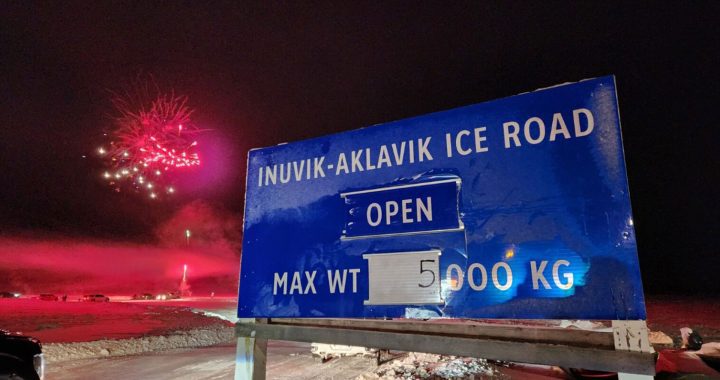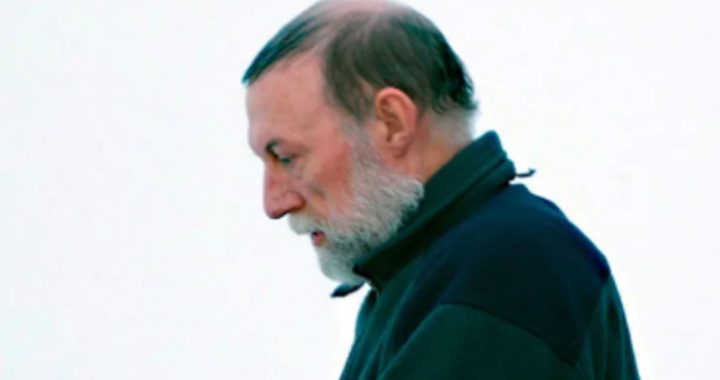The Trudeau government has announced the appointment of Kimberley Murray as a special independent interlocutor to assist Indigenous communities in the ongoing search for unmarked graves on the former sites of residential schools.
The lawyer from Kanesatake Mohawk Nation in Quebec is the former executive director of the Truth and Reconciliation Commission and Ontario’s first assistant deputy attorney general for Aboriginal justice.
She was previously leading a group at Six Nations of the Grand River overseeing efforts to investigate deaths and unmarked burial sites at the Mohawk Institute, a former residential school near Brantford, Ont.
She says she fully realizes the task ahead will be a challenging one.
“It was not an easy decision to take this role as special interlocutor,” Murray says. “But after consulting with survivors, elders, my family and community members, I’ve committed to doing this work with humility, with respect, honesty and courage.”
Murray’s role has been described as a sort of facilitator.
She will assist Indigenous communities in the collection of data from unmarked gravesites and help resolve jurisdictional disputes should they arise.
However, as Justice Minister David Lametti points out, Murray will not have the power to pursue criminal prosecutions.
“I will be honest and say that the accountability and the lack of prosecutions is something survivors at Indigenous communities, at Indigenous leadership, have pointed out time and time again and with reason,” he says. “And it is something that we need to correct.
“In my role as attorney general, at the federal level, I can’t appoint a special prosecutor.”
At the same time, Murray says she will be working closely with communities to see if criminal investigations are a route they want to pursue.
“I expect when I go to communities and meet with survivors and leadership, that I will hear about these conversations. About how they’ve struggled with what to do, how to have prosecution,” she says.
“Do we invite the police in? What police – RCMP, provincial police, municipal police, First Nations police? And there are pros and cons to all of those that I’ve heard (from) talking to survivors in the last year.”
The federal government promised to create the interlocutor position last year after ground-penetrating radar detected hundreds of unmarked graves believed to contain the remains of children on the grounds of former residential schools in Kamloops and Cowessess First Nation in Saskatchewan.
Chief Cadmus Delorme of Cowessess says the number one priority for his community is attaching names to gravesites, but he too says the interlocutor will help ensure evidence is properly preserved.
“This position will make sure that Cowessess, if there is any criminal activity, we are making our site like a criminal site,” he says. “We are making sure that everyone on our technical teams gathers every piece of evidence. We can’t go to the local RCMP because what are we going to show them?”
Kúpki7 Rosanne Casimir of Tk’emlúps te Secwépemc also says her First Nation wants to make sure investigations are done the right way.
“You know for us, it’s about finding the truth before we can determine what kind of justice needs to be pursued,” she says. “And it’s also about preserving the evidence to ensure that rigour in our investigation to ensure that if we find that crimes were committed, the evidence is there to pursue those criminal prosecutions.”
Murray will officially begin a two-year term on June 14.
The 2022 federal budget targets $10.4 million over the same period to the position.
Crown-Indigenous Relations Minister Marc Miller says the government shouldn’t investigate itself, but the appointment of the interlocutor is “the next step in the process of accountability.”
“There have been people in the past that have been prosecuted. There are people still free today that have committed horrific crimes,” Miller says.
This week, as many as 196 potential burial sites were detected in Manitoba on Pine Creek and Sagkeeng First Nations.
Miller says they are expected to be just the “tip of the iceberg.”
With files from the Canadian Press










